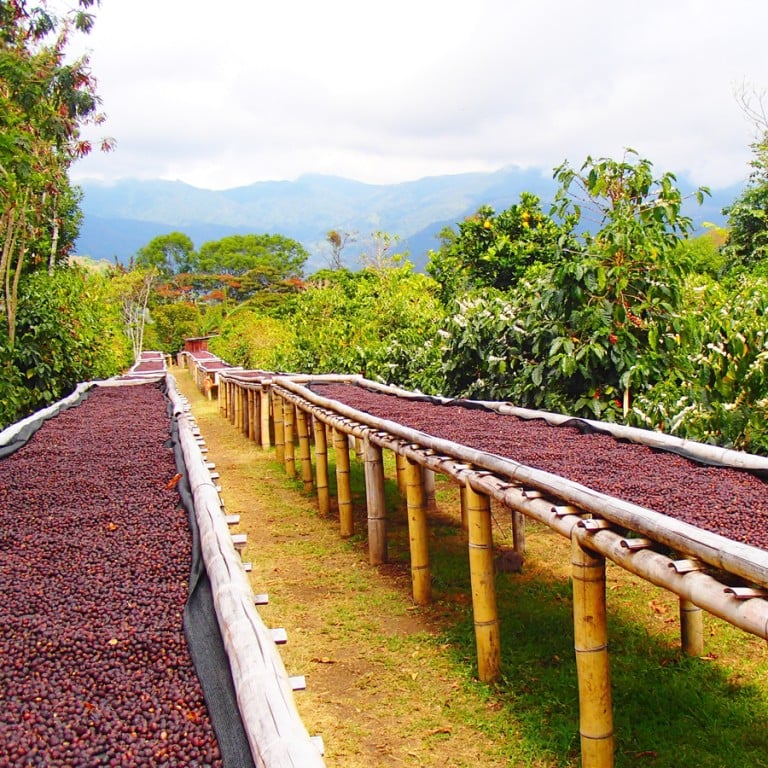Coffee enters a 'Golden Era' thanks to different types of beans and advanced processes

Coffee has become higher quality and tastes better than ever before
Coffee, or the way we know it now, dates back to the 10th century. Back then, caffeine seekers weren't strolling out to their local cafe to get their fix exactly as they want it, or ordering packaged beans ready for hand-grinding from Amazon.com. These early lovers of the buzz were the ancestors of the Oromo ethnic tribe from Ethiopia who noticed the stimulation associated with the coffee plant.
However, it was really the Sufi monasteries of Yemen in the 15th century that properly started to explore coffee as a daily ritual - particularly enjoying its perk giving intoxication during spiritual rituals. Since these early days, the processes, the flavour and the expressions of coffee have changed dramatically and we are at what we might call the "Golden Era" of coffee. As Steve McCurry wrote in his book , "[Coffee] is about how we live, about how people interact with one another".
"We're in a moment of coffee history where coffee has become higher quality and tastes better than ever before," says Sam Penix, owner of Everyman Espresso in New York. Penix, who often consults with the coffee squad of the world, says the third wave of coffee has been about quality where the "hard work of every player of the supply chain is taken into account" and the next wave will be about "quality on a bigger scale".

According to Alberto Bermúdez, owner of Café Unido at the American Trade Hotel in Panama City, "Starbucks helped the first wave of coffee - a sort of gateway drug". And suddenly coffee wasn't just a watery or overheated milky mess that so many cafes and coffee shops were selling across the world. Since then, coffee just keeps improving with better growing techniques and production facilities - and, of course, tastes.
As Bermúdez, who likes to call roasting "spiritual", describes, "the coffee industry now has space for everyone" - from the behemoths opening multiple stores globally to small guys such as Unido who set their focus on the cycle that gives back to the community with every hand that passes the beans.
"In the 1950s, coffee became popular everywhere in the United States along with brewing methods using glass contraptions," Penix says. In particular, flavour became more important but what lacked then was the science around coffee itself.

"Today, we have knowledge about varietals and the processing from washing to drying to roasting," Penix explains. For instance the gesha varietal, one of the most expensive coffees sold in the world today, started off as just a plant that was spread among the other coffee lots, after it came across from Ethiopia to Costa Rica.